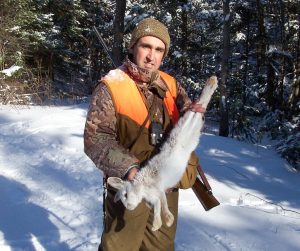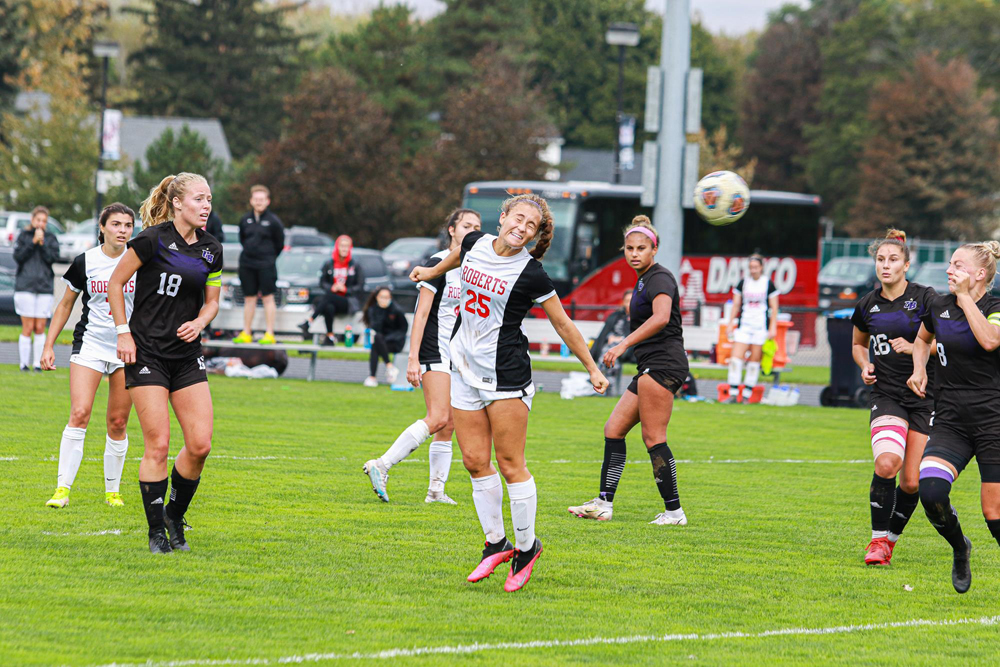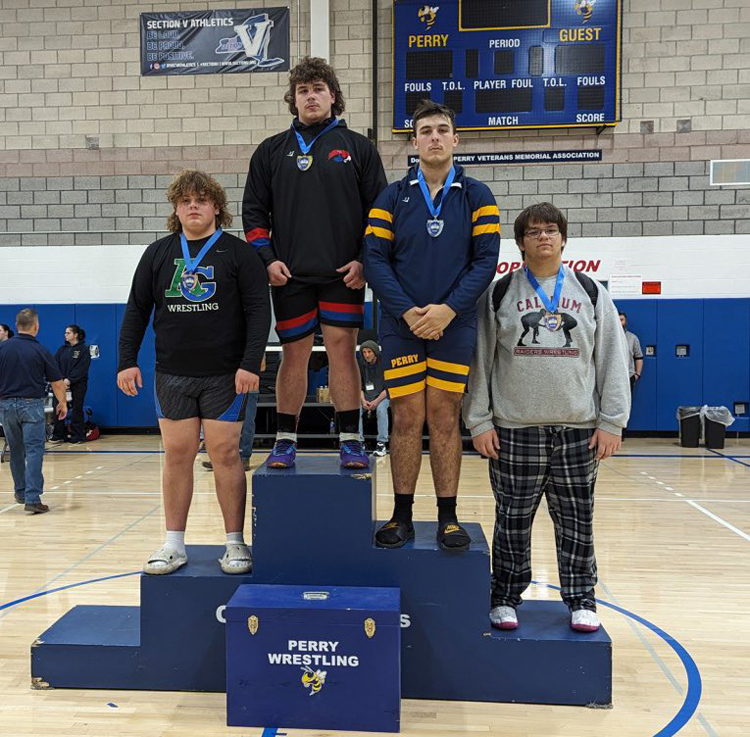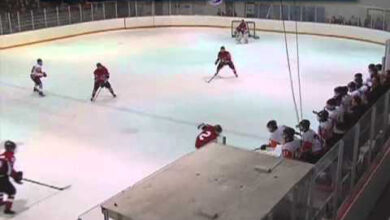Snowshoe hare hunting on Tug Hill

The brawl of the hounds was just a rumor as I strained my ears against the bitter February wind. The pair of beagles had really put the heat on the white rabbit. Misty had jumped the hare in a spruce blowdown and the sound of her first howl brought our second dog, Tinker, on the run like she was shot out of a cannon. The two dogs quickly lined out the hot track without missing a beat. The sound of their voices echoed through the dense spruce grove as the deep snow did its best to deaden the excited beagle music. The circles these big varying hares took, more times than not, led the beagles out of hearing range and this run was no exception.
As the winter wind paused and caught its breath for a second, I finally heard the distant howl of beagles and knew the white bunny had made his turn and was heading back. Anticipation grew as I searched the winter landscape for any movement. Suddenly, a motion to my left caught my eye and as I turned, a white ghost materialized at 40 yards and closing.
For those of you who have never driven up onto the Tug Hill Plateau south of Watertown in the winter, it is worth the trip just to see that country this time of year. Although this particular year the snow pack so far is a few feet below normal, it is still like being on another planet. The snowfall in the area is something that you have to see to believe. Most years, the snowbanks on the sides of the roads are higher than the top of your car and if you need to walk anywhere you’d better have snowshoes on or you won’t go ten feet. I laugh when I see people in the parks around Rochester wearing snowshoes in six inches of snow. You want to wear snowshoes? Drive up to the Tug Hill State Forest where there are miles and miles of trails to walk in snowshoes or cross-country skis. If you don’t wear them up there you will sink in up to your waist, or even deeper. Places like this are why snowshoes were invented in the first place.
Tug Hill State Forest is about a two-and-a-half-hour drive from Rochester going east on the Thruway, then north on Route 81. You get off on Exit 42 and drive east on to Route 177. Cruise about twenty minutes uphill and you will see the Tug Hill State Forest signs. There is over 12,000 acres of great trails for hunting, snowshoeing and cross-country skiing weaving through some of the prettiest country you will see in New York in the winter.
I first started hunting snowshoe hares up in that area with Dick Noski, a Hamlin resident. Dick is a great hunter and knows more about hunting with hounds than anyone I ever met; he can track anything with his dogs. Trust me, he will catch up to whatever he is hunting and then his quarry will have health problems once he arrives. Let me put it to you this way, if Noski was after the Fugitive … Dr. Richard Kimble instead of that dopey police detective, Dick would have caught him … and the one-armed man … on the first TV show and the series would be over in one episode … done! (Those under fifty, please Google).
Dick, Tom Hickey and I used to chase snowshoe hares up in the Barnes Corners area, just a few miles past the Tug Hill State Forest on Route 177 on a regular basis. Barnes Corners is known for its great snowmobiling and also for its great hare hunting.
The snowshoe hare is the big game of rabbit hunting and there are very few states that have huntable population; New York’s north country has a healthy population. These hares are about twice the size of a cottontail rabbit and their fur changes color from brown most of the year to all white in the winter months. Their feet have so much fur on them that they can stay on top of the softest snow. The varying hare, as they are called by the D.E.C., has a much larger home range than a cottontail rabbit so they are harder to hunt. When you hunt cottontails with beagles they have a small home range, somewhere around ten acres. They will circle within those boundaries while the howling beagles are chasing them and will rarely take the beagles out of hearing distance. So in most cases you can always hear your dogs barking and know where they are.
The snowshoe hare has a much larger home range and will take a pursuing beagle clear out of hearing distance. They, too, will eventually turn back, but sometimes not for fifteen or twenty minutes which can be extremely nerve wracking for a hunter. That is big country and your dog, or worse you, can easily get lost. So, the number one rule is never hunt up there without a compass or GPS device of some kind. Cell phones won’t help if you don’t know where you are. That is the big league and the area between roads can be huge, so extra care is mandatory. What is cool about hunting on snowshoes in the deep snow is that all the thick underbrush is under the snow; even the barbed wire fences are buried. It is like hunting in a park because everything except the tree tops is covered. You are literally walking in the treetops.
You can hunt snowshoe hares without dogs by walking quietly, looking for fresh tracks following them and, hopefully, jumping the hare. You must look closely because a white hare on a white snow is almost as hard to spot as two politicians from different parties working together for the betterment of the country. There are ruffled grouse to hunt in the area as well. The hunting season on hares is open until March 18 up north and grouse is open until February 28. Don’t try it without snowshoes and a compass.
I would like to thank Dick Noski for showing me the ways of hounds and hares. Without his advice I’d still be wandering around up in Barnes Corners looking for my lost beagles. He was my mentor and a true houndsman. Thanks, Nosk!






